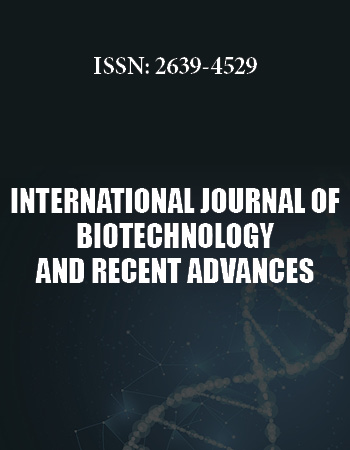International Biotechnology and Research Conference
April 25-27, 2018 Rome, Italy
Removal of Lead and Mercury from Contaminated Water
1Philadelphia University, USA
2Community College of Philadelphia, USA
Over the past 15 years, about one half million sites with potential contamination have been reported to federal or state authorities. Of these, about 217,000 sites still need remediation and new contaminated sites continue to appear each year. The most common type of contaminants is metals, solvents and petroleum products. Heavy metals are present in two thirds of Department of Defense (DOD) and superfund sites and about 50% of Department of Energy (DOE) and Resource Conservation and Recovery Act (RCRA) sites. Heavy metals are the largest class of contaminates and also the most difficult to treat. Heavy metals most frequently found in the waste stream are lead, mercury, chromium, cadmium, arsenic and zinc. This work focuses on the removal of lead from aqueous solution.
Lead and Mercury has long been acknowledged as a harmful environmental contaminant. Lead pollution impacts all of the bodyʼs systems. Lead exposure can adversely influence the brain, central nervous system, blood cells, and kidneys. Mercury exposure can adversely influence entire body including the brain, central nervous system, lung, skin, and kidneys. To remove lead and mercury from wastewater, several methods are utilized. Some of these methods are chemical precipitation, ion exchange adsorption, reverse osmosis and electrodialysis. All of these techniques have shortcomings,
Alkali Fly Ash Permeable Reactive Barrier (AFA-PRB) is a newly developed novel material made with fly ash alkali activating solution and filler material (sand and coarse aggregates). AFA-PRB was used to remove leadand mercury from contamination water. AFA-PRB materials with high permeability were created. For reactive barrier material permeability, must be rapid, in the range of 10-2 cm/sec to 10-1 cm/sec. AFA - PRB from three ash sources with permeability of 10-1 cm/sec were produced and crushed into pelletized form. Effectiveness of the various barriers was determined by batch and column tests. Laboratory experiment indicates lead ion reduces from 1000 ppm to less than 2 ppm with 10 liters of solution and Lead ion from 10 ppm to less than 0.01 ppm. Laboratory experiment also indicates mercury ion reduces from 1000 ppm to less than 0.5 ppm with 10 liters of solution and mercury ion from 10 ppm to less than 0.01 ppm.


